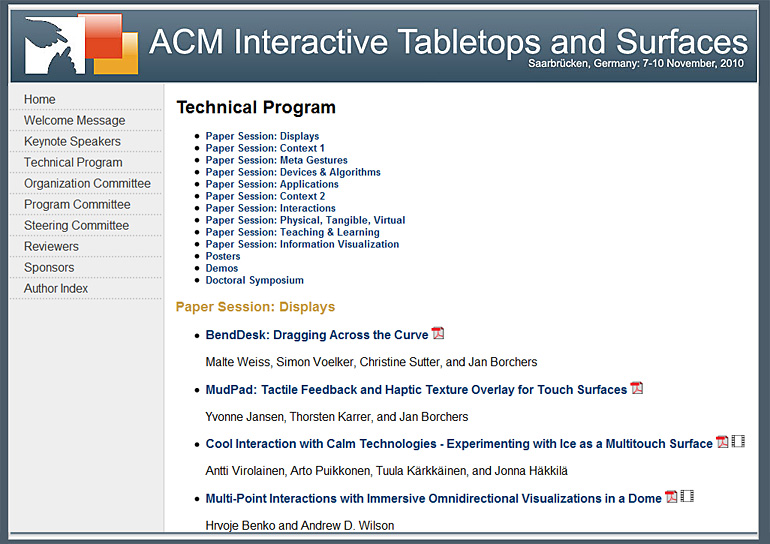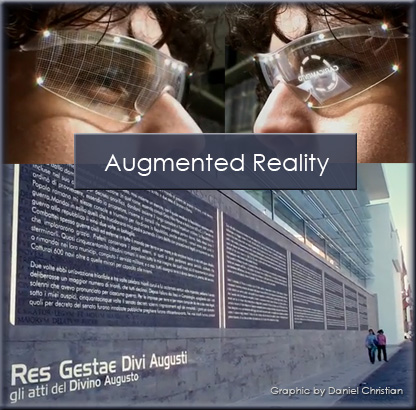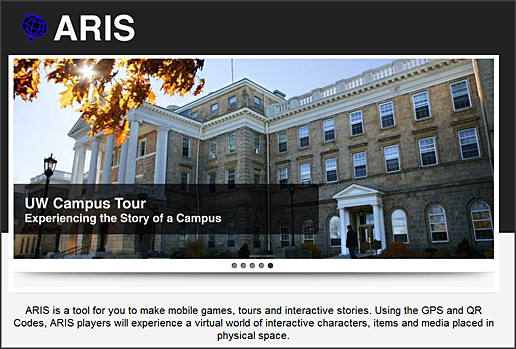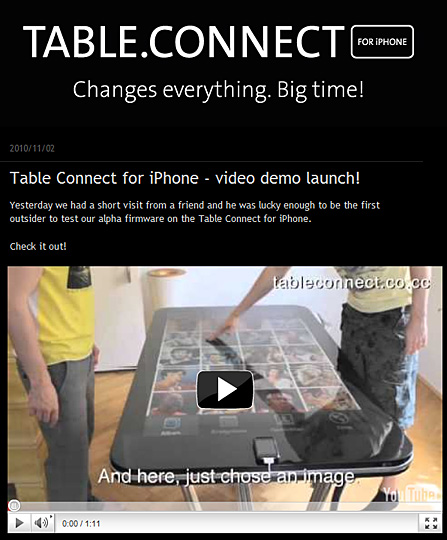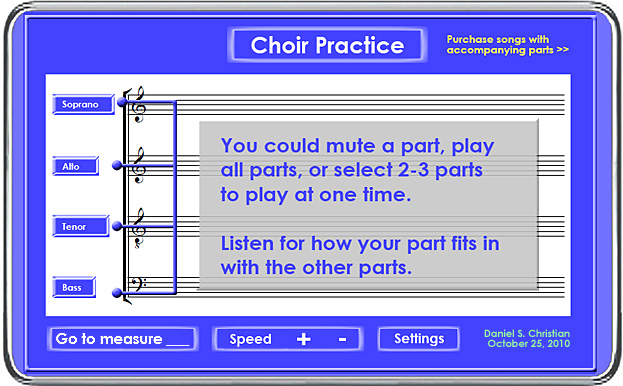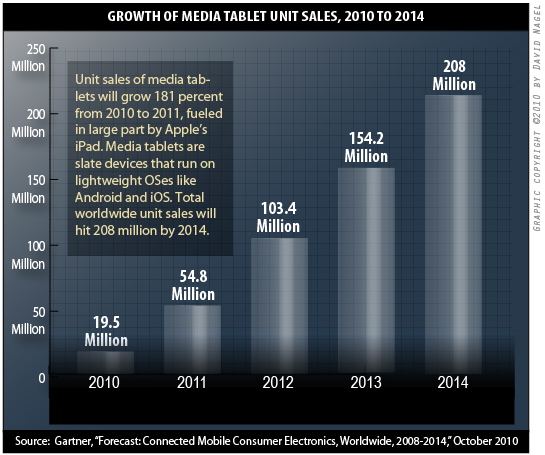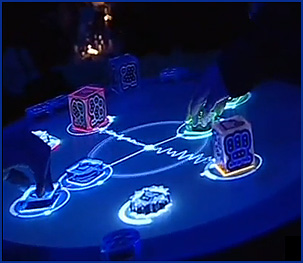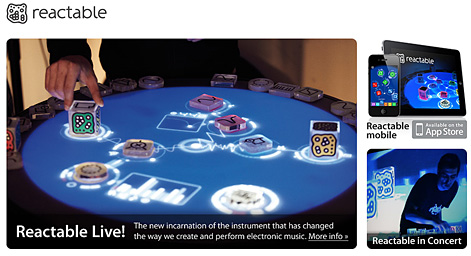Readers spending $966 million on eBooks
Digital book industry to swell to $3 billion by 2015, according to Forrester Research
Free webinar on “New Possibilities for Mobile Learning”, Nov. 2, 2010 — from The Mobile Learning Edge by Gary Woodill
1. Activity based learning – user controlled learning apps
2. Micro-blogging and text messaging – “social media”
3. Research tool – data collection
4. Trend tracking and analysis
5. Just-in-time Information Retrieval
6. Augmented Reality
7. Mobile Gaming and Virtual Worlds
8. Contextual learning – personalization and location
9. User Controlled Media Production/Playback
10. Performance support and coaching
11. Social networking and communities
12. Collaboration
13. Environmental Controls
14. Haptic Feedback
15. First person Documentation
16. Self-organized collective behavior
The Webinar is sponsored by Cornerstone OnDemand and Outstart. To register, click here. (GW)
Emerging Interactive Ed. Tech: Classmate Assist and Wayang Outpost – Sensors, AI, and Context Awareness for Learning -and Teaching — by Lynn Marentette (emphasis below from DSC)
I’ve been following developments in intelligent tutoring systems for a while, and find it interesting to see how researchers are combining artificial intelligence, learning theory, affective computing, and sensor networks to create applications that might prove to be useful and effective.
The advantage of using intelligent tutoring applications in some cases is that it provides students with additional support and feedback the moment it is needed, something that is difficult for teachers to provide to students in large classrooms. With the increase in use of smartphones and other mobile devices such as the iPad, there is a good chance that this sort of technology will be used to support learning anywhere, anytime.
Although most intelligent tutoring systems are geared for 1-1 computing, I think there are some components that could be tweaked and then transfered to create intelligent “tutoring” systems for collaborative learning. Students like game-based learning, and what could be more fun than playing AND learning with a partner or group of peers? (I plan to revisit the research in this area in an upcoming post.)
Below I’ve highlighted two “intelligent” tutoring systems that incorporate the use of sensors in one form or another to generate information about student learning in a way that simulates what good teachers do every day. The ClassroomAssist application was developed by researchers at Intel, in collaboration with several universities. The Wayang Outpost application was developed by researchers at UMASS, and is aligned with the principles of Universal Design for Learning.
The Future of Television and the Digital Living Room — from FastCompany.com by Mark Suster
Nobody can predict 100% what the future of television will be so I won’t pretend that I know the answers. But I do know that it will form a huge basis of the future of the Internet, how we consume media, how we communicate with friends, how we play games, and how we shop. Video will be inextricably linked to the future of the Internet and consumption between PCs, mobile devices, and TVs will merge. Note that I didn’t say there will be total “convergence”–but I believe the services will inter-operate.
The digital living room battle will take place over the next 5-10 years, not just the next 1-2. But with the introduction of Apple TV, Google TV, the Boxee Box, and other initiatives it’s clear that this battle will heat up in 2011. The following is not meant to be a deep dive but rather a framework for understanding the issues. This is where the digital media puck is going.
While we won’t get through all of this, here are some of the issues in the industry that I plan to bring up and ones I hope we’ll discuss tomorrow…
Steve mentioned in his emails that we can pass this newsletter along…so that’s what I’m doing here.
- Virtual Tutors being developed at NC State
- Donald Tapscott’s synopsis of his new book (Macrowikinomics)
- Georgia Tech mobile phone app for campus events
- Allosphere stunning video demo
- A health application 4 times more powerful in improving health than drugs
- 3D surgery
- More smartphone apps
- Some neural network applications
- Smart credit cards
- More robots
- the danger of the Internet of Things.
- etc.
Scribd + Apture: Changing the way you read books and documents — from apture.com by Tristan
Yesterday it was announced that Apture is teaming up with Scribd to radically change the way people read books, documents and print media online.
Musical instruments of the future – Reactable — from David Kusek, VP at Berklee College of Music
There is a lot of innovation happening with electronic music instrument and new interfaces. Reactable is one of the latest in music technology fusing DJ culture, touch screen topography and electro-pop showmanship. Coming to an iPad near you. Reactable says their company “is about the promotion of creativity and the mediation of culture through the application of the latest technologies in human computer interaction, music technology, graphics and computer vision.” Check it out.
.









